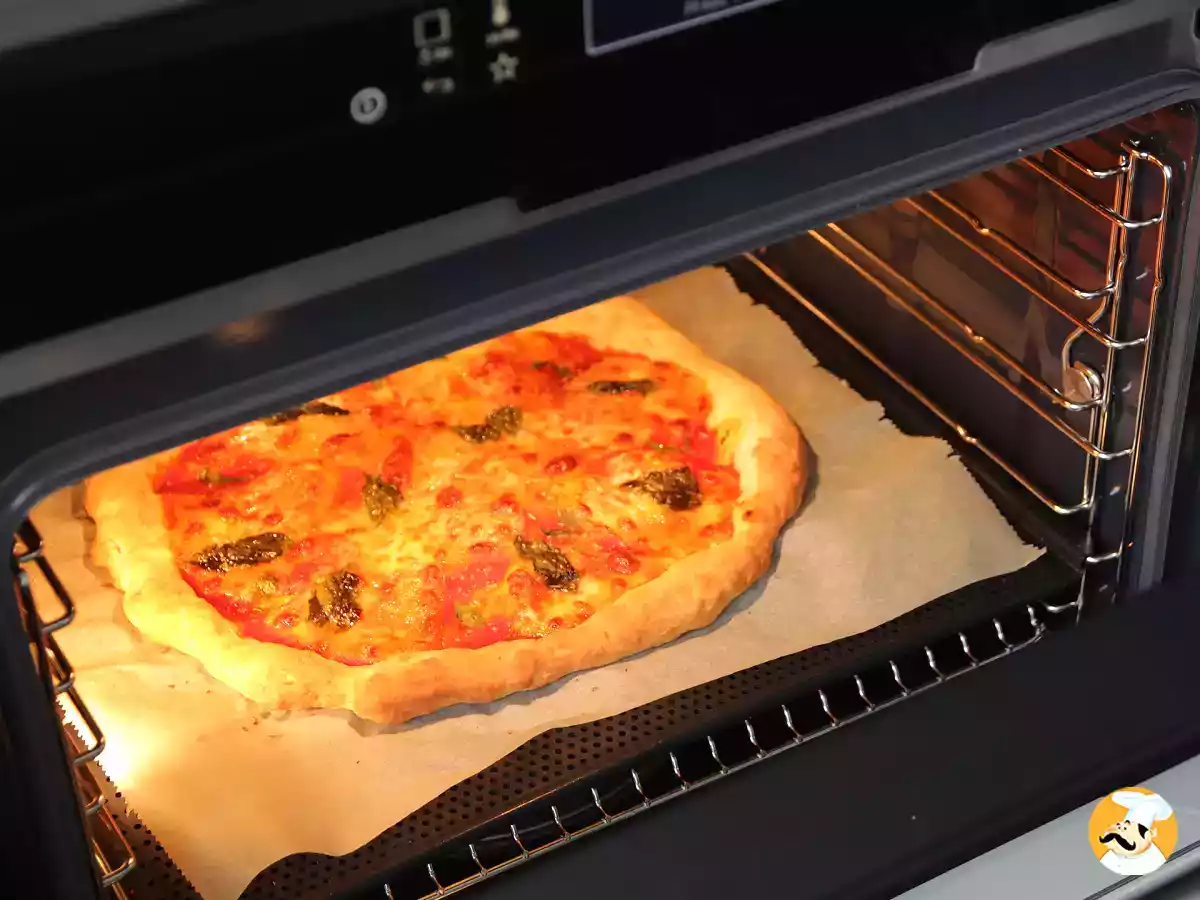Homemade pizza: better static or fan oven?

The choice of oven, static or ventilated, is a determining factor in the success of homemade pizza. Each of the two baking methods has peculiarities that affect the crust, softness and final flavor. In this guide you will discover how to choose the oven best suited to your needs and get a delicious pizza.
First of all, the differences between static and fan oven
Static oven
- The static oven has two heating elements, one above and one below. These heat the oven evenly, but the air does not move. Therefore, the top and bottom of the pizza become hotter than the edges. This oven is perfect for foods that need to bake slowly, such as bread, cakes or some types of baked dough.
Ventilated / Fan oven
- A ventilated oven has a fan that circulates hot air inside the cavity, ensuring faster and more even baking than a static oven. The even distribution of heat reduces the risk of burns or undercooked spots, allowing for perfect browning and reduced cooking time. This feature makes it ideal for preparing dishes that require a crispy exterior, such as roasts, baked chicken and some types of desserts.
Baking homemade pizza in static oven
Do you desire a homemade pizza with a crispy base and a soft heart? The static oven is the ideal choice! By baking it directly on the pan or stone, you will get a result similar to that of a wood-fired oven. It is an easy and tasty way to prepare your favorite pizza.
If you bake pizza in a static oven pay attention to these things:
- Preheat the oven well: if the oven is not well preheated, the top may not bake perfectly while the base is likely to get too hard.
- Position the pizza well in the oven: if the pizza is placed too close to the heating element, you risk burning the base or edges of the pizza before the toppings are cooked.
- Use a firestone: a static oven tends to cook the pizza more slowly and from the bottom up. To promote optimal baking of the base, it is advisable to use a refractory stone.
Cooking homemade pizza in ventilated oven
By distributing heat evenly through an internal fan, the ventilated oven revolutionizes pizza baking. Compared to the static oven, where heat spreads more slowly and less evenly, the ventilated oven provides faster and more even baking, ensuring perfect browning over the entire surface and a crispy crust.
If you bake pizza in a ventilated oven pay attention to these things:
- Set an appropriate temperature: the heat circulating in the ventilated oven is more intense and even, so the temperature setting should be lower than in the static oven.
- Move the pizza: If you notice that the top of the pizza is already golden and crispy, while the base is still raw or undercooked, you can adopt some strategies. Move the pizza lower in the oven to expose it to more intense heat and encourage the base to cook. Alternatively, turn off the fan in the last few minutes of baking to create a more humid environment and allow the base to cook without burning the surface.
- Do not open the oven: every time you open the oven door, the internal temperature decreases and the baking time gets longer.
Conclusions:
The choice between a static and ventilated oven for baking pizza depends on several factors, including the type of dough, the ingredients used, and the result you want to achieve. The ventilated oven, due to its speed and uniformity of baking, is ideal for thin, crispy pizzas, while the static oven allows for a thicker, softer pizza, similar to that baked in a wood-fired oven.
The dough, with its hydration and leavening, plays a key role in the choice of baking method: a very hydrated dough, for example, might benefit from slower baking in the static oven. Ultimately, the best choice is the one that best enhances the characteristics of the dough and ingredients used.
You might also be interested in:
 Daniele Mainieri
Daniele Mainieri

Comments